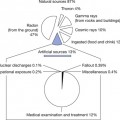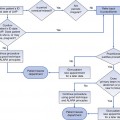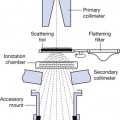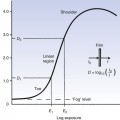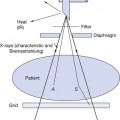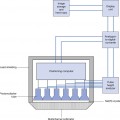Chapter 28 Rectification
Chapter contents
28.1 Aim
The aim of this chapter is to consider the various aspects of rectification as it applies to the X-ray generator. There is some initial discussion regarding the need for rectification and the ideal voltage waveform to apply to the X-ray tube, followed by a description of the rectification system in use today.
28.2 Introduction
In Chapters 10 and 14, it was seen that it is convenient to use an alternating current (AC) supply for diagnostic and therapeutic X-ray generators and linear accelerators because of the ease with which the potential can be stepped up or down. Both X-ray tubes and linear accelerators require a high potential difference across them in order to produce X-rays of the required energy. The voltage is stepped up using the high-tension transformer. However, the filament requires a potential of about 10 volts and a current of several amperes to heat it to a temperature sufficient for thermionic emission to occur, so the filament transformer (a step-down transformer) is used.
As shown in Chapters 21 and 30, the X-ray tube is designed to emit radiation when the cathode is negative and the anode is positive. The nearer the voltage across the tube is to a constant voltage, the more efficient the production of X-rays from the tube. This means that ideally we would like to change the alternating voltage supplied from the high-tension transformer to be turned into a constant unidirectional voltage. This process of converting an AC supply into a constant unidirectional supply, or a pulsating unidirectional supply, is called rectification. We will now consider different types of rectification in current use.
28.3 Four-diode full-wave rectification
In order to utilize both halves of the AC cycle, full-wave rectification making use of four diodes arranged in a Gratz bridge circuit (Fig. 28.1) (see page 212) is used. Note that the diodes are arranged in two pairs and that the bar (or arrow) in the diode symbol always points away from the negative side of the output. D1 and D4 rectify one half cycle, while diodes D2 and D3 rectify the other half cycle. The arrows in Figure 28.1A
Stay updated, free articles. Join our Telegram channel

Full access? Get Clinical Tree


